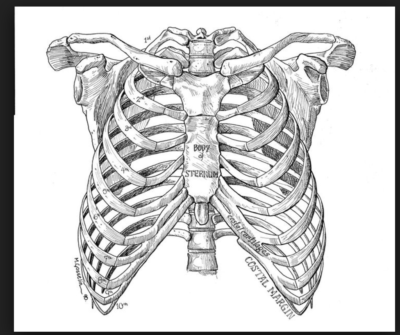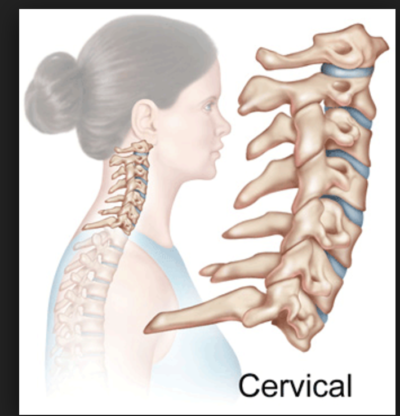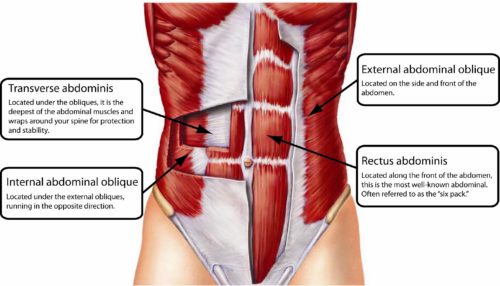One of the things to be considered when teaching yoga is that movements you suggest will be approached differently from person to person. This is fairly obvious, as we all can certainly appreciate that everyone approaches their yoga practice with a wide variety of experience, physical conditioning, flexibility and strength, among other things. But it’s an important backdrop to consider when you also factor in that the body will tend to move most frequently towards the path of least resistance.
This last statement basically means that if presented with a particular movement, let’s say a twisting movement, since that’s what this post is about, if it’s easier for the person to twist through their neck instead of twisting through their torso, it’s highly likely they’ll move through their neck more frequently than not. This would not hold true, however, if the teacher understood this phenomenon and instead cued the student to move more through the torso than the neck.
Why would this happen? Well, think about it. The body can be viewed as a chain of connected parts. Each link in the chain can be viewed as different, depending on its own degree of strength and flexibility. Links in the chain that have more flexibility, either because of their natural shape and size or from overdoing stretching for instance, might provide more movement than in areas where injury or just the structure of that part of the body provides more resistance.
When we look at twisting movements, we’re asking our bodies to rotate in an area where we’re designed to be stiff due to the presence of the rib cage:

While the ribs do a great job of protecting our heart and lungs, they make it harder to twist in certain yoga poses.Â
So, with that as a backdrop, think about where much of the twisting would most like occur, if we use that metaphor of the chain again. Think of what’s further UP the chain…. the neck or cervical spine:

So, in most cases, the body’s inclination and tendency, left unchecked, would be to twist from there because it’s just easier to do than to move through the torso or thoracic spine. So, in most cases, unless the practitioner knows to protect the neck, that’s where the bulk of the twist will come from in yoga practice.
Why do we care? Well, due to it’s shape and smaller size of the vertebrae, the neck is usually pretty mobile anyway. The torso is not. So, to balance things out and to protect the neck from getting hyper-mobile, it’s helpful to work lower down the spinal cord. Simple cues to address this might involve cueing directly to the rib cage itself, which most people intellectually know about but might rarely think of in terms of the source of the twist. You can also cue to the muscles on the sides of the body, the obliques, which again, some people might be familiar with:

Another surefire way to protect the neck is to encourage people to look down or to the side wall when twisting, which can create more movement through the torso. When the gaze goes up to the ceiling in a twist, chances are, the head is abruptly turned and the student can really “feel” as if they are twisting but they’re really just moving their head.
Another thing to factor in is that many people have tight pectoral muscles from hunching a lot throughout the day. These muscles on both sides of the chest (pectoralis major and minor) need to lengthen in twists and they’re already overly contracted. This is another reason why twists can be challenging for people and more movement will naturally occur through the neck.
For a lot more on twisting, including sequences you can use to focus on twists, see Chapter 4, Rotation, in my latest book, “Structure and Spirit: Moving Smarter Both On and Off the Mat.”Â
For a free video about protecting the neck in yoga, see my You Tube video on the subject.
For a 60 minute yoga practice filled with anatomy based cues, download my class on Vimeo for only $10.
Thanks for reading and feel free to leave a comment!
